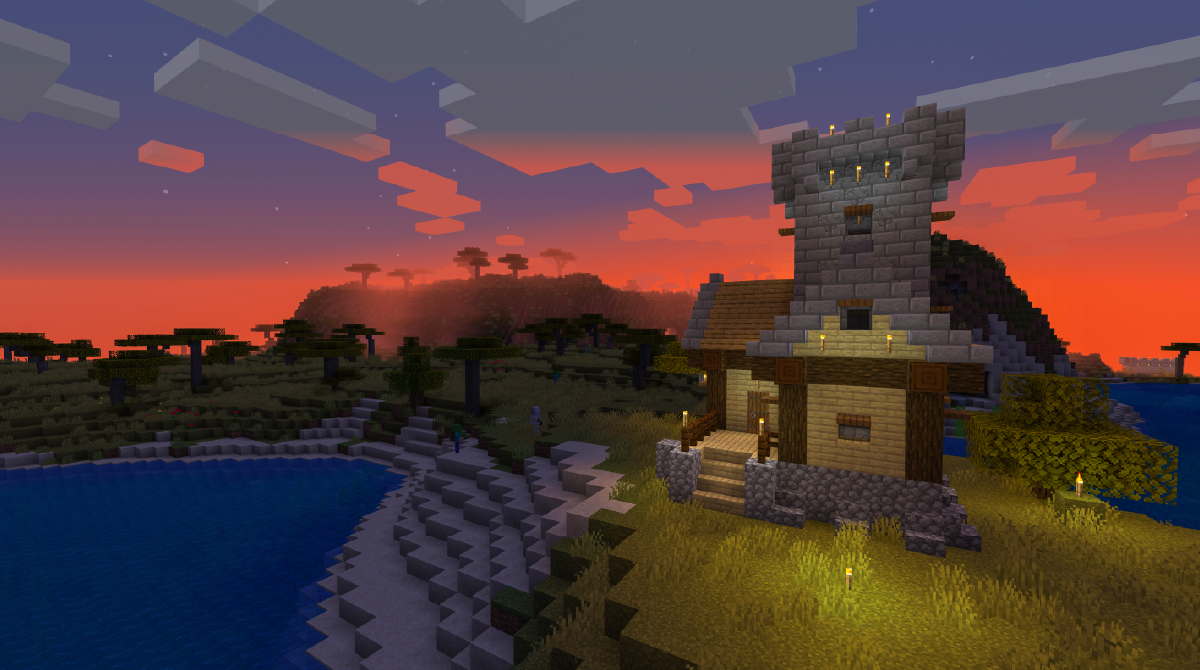
We’re always on the lookout for new ways to make coding fun and engaging. That’s why Tynker is excited to announce its new high school course Intro to Programming and Art, inspired by Zoë Wood, Professor of Computer Science at the renowned California Polytechnic State University (often referred to as Cal Poly San Luis Obispo). Professor Wood’s original course CSC 123 Introduction to Computing – Computational Art was designed as a college freshman course for non-CS majors. She shares Tynker’s vision of making Computer Science accessible for everyone and spent the majority of her career inspiring students to use code as a medium to express themselves. In this captivating course, students will learn how to use code to model their own masterpieces, while exploring the art styles of painters such as Monet, Picasso, and Warhol.
We chatted with Professor Wood to hear more about her vision.
Tynker: Why should kids learn to code?
Prof. Wood: Computers are everywhere. Most adults are carrying around a computer in their pocket that’s more powerful than early computer scientists could imagine. Technology is everywhere and it’s helping us understand the world. So, learning to code means being able to participate in the future of technology, to decide where we’re going, and how to help fix some of the world’s problems.
Tynker: Why did you create your course?
Prof. Wood: I think that art, math, and computer programming are super fun and allow us to create, and I wanted to make sure that all students can see how fun computer science can be. I love computer science, but sometimes if you just see the technical communication that’s necessary in coding, segments of it can look daunting. This course is meant as an invitation for everyone. With a few commands, you can actually direct the machine to create some pretty cool things that didn’t exist before you sat down to type – which is really fun.
Tynker: Your course teaches computational art. What is computational art, and why should students learn it?
Prof. Wood: Computational art or the process of writing a computer program to have a computer produce visual artifacts or art animations, is something that I have loved as a professional. I love art, I love mathematics, and I love programming, and computational art brings all of those together. We can communicate with the computer, which is kind of like solving a puzzle, and we can use math, which is fun to see the way some simple rules work together, to produce art, which is a visual artifact that you see and share with others. Then, we can have that communal experience of saying, “Look what I built”, and that is a really fun thing about computational art.
Tynker: Why did you team up with Tynker for this art course?
Prof. Wood: When I met with the Tynker team, I was really impressed with how most of them were parents of children, and believed in the importance of providing opportunities for children worldwide to learn to code. They recognized how important it is for the future generation to be a part of the technological solutions of the future.
Tynker: What advice would you give to teachers and students that may be struggling with learning to code?
Prof. Wood: It’s really important to remember that coding is mostly problem-solving. We do have to interface with the machine, and sometimes that communication is challenging. But as humans, we are very good at problem-solving. We have been figuring out how to get things done for hundreds of thousands of years. So if you are frustrated as a teacher, or if the students are frustrated, that’s fine. That’s part of the process of coding, it doesn’t come easy, but with more practice, we can get better at talking to the machine. We can rely on our lifetime experience of problem-solving. The first time you learned to tie your shoes, you needed your parents’ help, and that’s pretty normal. As you’re learning to code, it’s normal to need help, both as a teacher and as a student. Ask for help, keep practicing, and you’ll get there.
Evaluation Grant
Apply now for a 30-student evaluation grant license valid until October 31, 2021!
About Intro to Programming and Art
Artists and coders have a lot in common. Exploring these intersections is a major theme of the course, and students will have extensive practice with logic, problem-solving, and design thinking. Students are introduced to art, design, and animation principles using Processing, a programming language designed for the visual arts community. Students explore the works of dozens of famous masters like Monet, Raphael, Picasso, and more — then recreate digital art in the same style using JavaScript and p5.js. This approach makes learning programming fundamentals both visual and fun. Learn More




